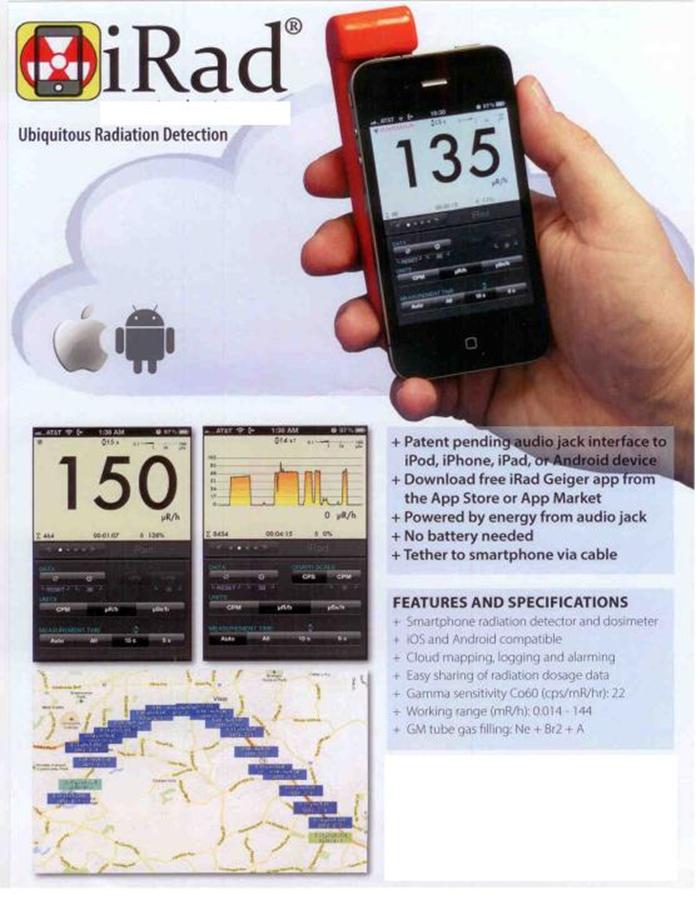

Industry’s mounting concern over the Defense Department’s more restrictive policy is rooted at least in part in history. These rule changes impinge upon the independence of industry decision-making in connection with the projects, and such changes run counter to the very purpose of IRAD. This change could be read to conflict with both the language and intent of law protecting such investments.

The stated goal of the pending rule change is to address the concern in the Better Buying Power 3.0 implementation directive that contractors may use independent R&D to gain a price advantage on specific competitive bids by pushing contract-related costs into IRAD cost pools. The department has also proposed a new rule to require that - in procurements for major defense acquisition programs and major automated information systems in a development phase - contracting officials must adjust the total evaluated cost/price of a contractor proposal to account for its proposed reliance on government-funded IRAD projects. While the department has tried to assure industry that it does not intend to return to the old days of pre-approving IRAD projects, there remain very real questions for industry, such as whether and how the Defense Contract Management Agency and the Defense Contract Auditing Agency will utilize such technical interchange data. These new regulations require that contractors engage in “technical interchange meetings” prior to undertaking such projects. The department has recently pushed forward with new regulations that appear focused on placing substantial limitations on IRAD funding.

The department must undertake a significant reconsideration of how research and development should be utilized to expand the technological defense industrial base. Moreover, without a change in direction, the department’s support for critical long-term research could continue on its downward spiral. Its language and direction seemingly conflict with a law, now simplified and reinforced, intended to protect investments. The Defense Department’s Better Buying Power 3.0 initiative has led to new rules that curtail the ability of industry to maintain both the “independent” and the “research” components of independent research and development, or IRAD. This idea would align with both the Earth and Space Small- and Micro-satellite Mission Concepts and Instrument and Mission Concepts for Multi-Messenger Astrophysics strategic interest areas and be a joint proposal with a MSFC Center Innovation Fund (CIF).The life of government contractors with independent research-and-development funding has never been easy or straightforward, and recent regulatory changes have only made the landscape more challenging. This would allow current and future missions to easily determine their localization capabilities and the improvement to that from including multiple instrument detections. With many gamma-ray missions utilizing SmallSat and CubeSat solicitations, there is a need for a public, modernized toolkit.

Petersburg, Russia, and the method used is simplistic when considering pairs of instruments in LEO or for weak to moderately bright signals.
Irad technology code#
However, the code is proprietary, maintained in St. Currently, the cross-correlation localization technique is used to do this by the InterPlanetary Network for various instruments in low Earth orbit (LEO) and beyond. Adam Goldstein (Co-I) were awarded an FY21 USRA IRAD to provide a publicly available standardized toolkit for determining and improving the location of gamma-ray transients on the sky using multiple instruments in various orbits. Multiple SmallSats Cross-correlation Localization Technique for Gamma-ray Transientsĭr.


 0 kommentar(er)
0 kommentar(er)
